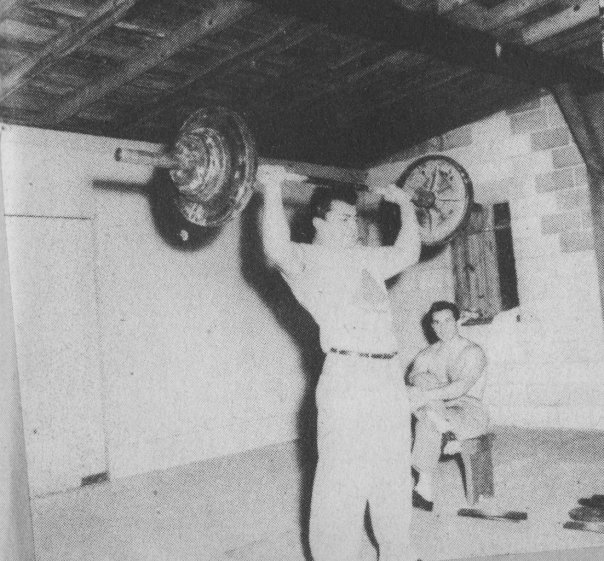When trying to address the sorry state of affairs in the fitness industry, it's difficult to know where to begin. Do I start with the trainers, most of whom know frighteningly little about basic function and even less about how to get results? Do I point fingers at gym owners or certifying bodies, or those damned infomercials that claim to have discovered the best new apparatus, program or supplement that's going to revolutionize fitness? I think I'd better start with consumers--including the fitness instructors, coaches and trainers, and their clients--who often are just too lazy to question the information that's being presented (YOU know who YOU are, and YOU'RE not as fit as you'd like to be, are you?) because they could all stop this nonsense at once if they just refused to pay premium for an inferior product.
For the sake of ease, I'm going to start with the most recognizable training scenario, the group fitness setting (I'll get to you trainers and coaches soon enough). The problem isn't just that group fitness--and group weight training in particular--must necessarily impose limits on the kinds and the intensity of the exercises performed out of concern for the group's safety, it's that the form of exercise being taught is piss-poor. And the instructors and participants either don't care or can't bring themselves to consider whether someone might have taught them an inferior form of, say, the squat, or the bench press. Nevermind the fact that, in their attempt to make certain exercises safer, they have actually made some of them more harmful.
Let's consider the squat. Sometimes I think that if I see one more quarter or half squat done in a fitness class with little ten-pound pink or green weights, I'm going to start screaming my head off. First of all, people, your legs are the strongest part of your body, and if you think those twenty pounds that you're feverishly quarter-squatting is going to stress your body enough to elicit change, then you're pitifully mistaken. Secondly, it's not functional, and if you ever have to fetch something really heavy off of the ground and squat low enough to get there, you'll see why.
But I know what you're thinking: "Well, my group fitness instructor told me that squatting that deep is bad for my knees!" Folks, right there is the problem with most of the "weekend" fitness certifications that supposedly qualify folks to teach you, the consumer, how to exercise optimally and safely; for the people who teach the certifications and the people who take them know absolutely nothing about the fundamental mechanics of human movement and how it's all kept in balance, truly in balance. Because if they did, they'd recognize claims like the one above for the complete and utter bullshit that they are. It's a myth that I'd like to do away with once and for all, one that's keeping you from getting as strong and as functional as you might be, but as long as everyone involved continues to sell him or herself short, nothing will change.
Teaching others about the optimal form that exercise should take can go a long way, but I've found, more often that not, that people resist change even when there's proof that a better way exists. On that note, and by popular demand, in my next post I'm going to be tackling the safest and most effective method of squatting. Stay tuned...
Sunday, June 29, 2008
Subscribe to:
Posts (Atom)
